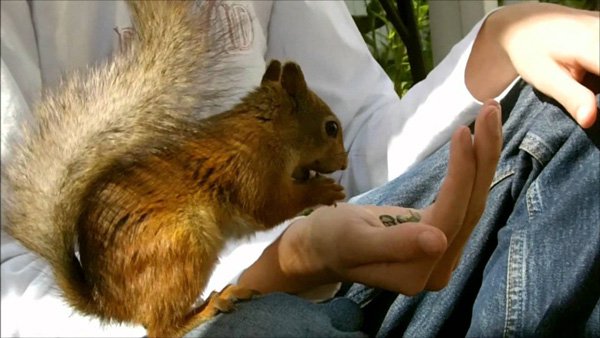
Have you ever closely examined your Beagle's appearance? Notice their legs and back? These hunting champions are known to have two unique characteristics. These dogs are known to develop weak legs and...
Have you ever closely examined your Beagle's appearance? Notice their legs and back? These hunting champions are known to have two unique characteristics. These dogs are known to develop weak legs and a crooked back and that makes them more prone to various illnesses, one of it is the intervertebral disk disease.
The vertebral column and intervertebral disks of a Beagle is just like any other dogs and cats as well. It is also similar to humans. This vertebral column, also known as the backbone consists of a series of small bones called vertebrae. These small bones surround and protect the spinal cord. The spinal cord is important because this spinal cord is a collection of nerves wherein information is transmitted between the body and brain. Once the spinal cord is damaged, a dog's sensations and normal movement of the body is greatly affected. The dog's vertebrae are separated by intervertebral disks. These disks are soft tissue structures that allow normal movement of the spine from head to tail.
Let us first tackle the structure of these intervertebral disks to fully understand this disease. A normal intervertebral disk is made up of two components; annulus fibrosus and nucleus pulposus. Annulus fibrosus is the outer casing or layer that contains nucleus pulposus, a jelly-like portion. Annulus fibrosus should prevent nucleus pulposus from bulging outwards. If this jelly-like layer (nucleus pulposus) bulges out into the vertebral canal and reaches on the spinal cord, Intervertebral Disk Disease or IVDD occurs.
IVDD is a condition wherein the spinal cord is compressed causing mild pain in the neck or back in mild cases. Severe case of intervertebral disk disease causes paralysis, loss of sensation and lack of bladder and bowel control. This disease that usually affects dogs between three to eight years is triggered by any normal activity such as jumping and running or minor trauma such as falling while playing. IVDD is common in the lower portion of the spine (thoracolumbar) but is also seen in the cervical region or the neck. A dog with IVDD in the thoracolumbar exhibits pain and is reluctant to walk, jump and/or play. The back may also be arched and weakness of hind legs can be present. When the dog often points its nose toward the ground, then it is cervical disk disease. The pain is in the neck and muscles in this area may be tense. The dog is usually less active and some will just lay and sleep most of the time.
This disease can be treated either through medication or surgery. Minor cases with no neurological problems can be treated through medical therapy. Drugs such as anti-inflammatory and muscle relaxant are usually administered. Surgery is recommended in severe condition and rapidly progressing symptoms. Doing normal activities is strictly restricted to prevent the disease from getting worst.
Article Tags: Intervertebral Disk Disease, Intervertebral Disk, Disk Disease, Intervertebral Disks, Spinal Cord, Annulus Fibrosus, Nucleus Pulposus
 Kitchen Scraps You Can Safely Give To Your Dog As Special Treats
Kitchen Scraps Yo
Kitchen Scraps You Can Safely Give To Your Dog As Special Treats
Kitchen Scraps Yo
 Chicken Runs Provide both Activity and Protection to Your Feathered Pet
Chicken Runs Provide both Activity and Protection to Your
Chicken Runs Provide both Activity and Protection to Your Feathered Pet
Chicken Runs Provide both Activity and Protection to Your
 Signs Of Illness In Cats – When To Call The Vet
Signs Of Illness
Signs Of Illness In Cats – When To Call The Vet
Signs Of Illness
 Toileting Issues With Dogs
Toileting Issues
Toileting Issues With Dogs
Toileting Issues
 Different Medication Options For Dogs That Suffer From Seizures
Different Medicat
Different Medication Options For Dogs That Suffer From Seizures
Different Medicat
Copyright © 2005-2016 Pet Information All Rights Reserved
Contact us: www162date@outlook.com